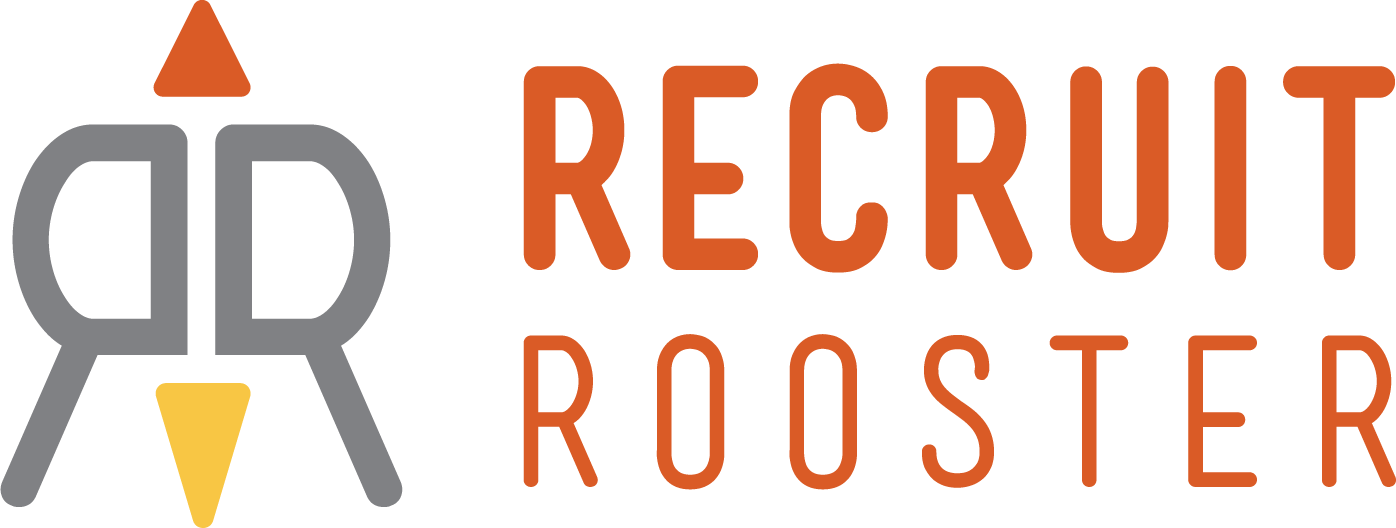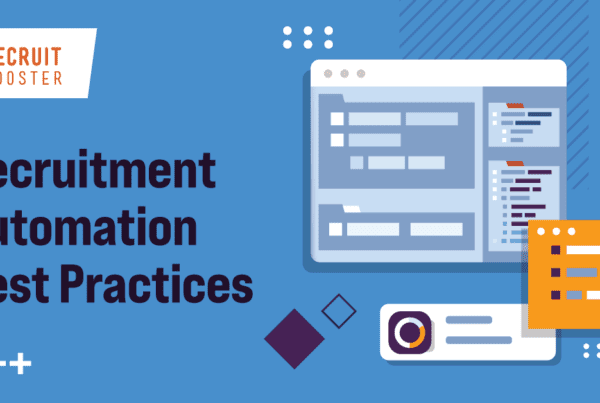
In the wild, fast-paced world of recruitment, the right technology is your secret weapon. A Recruitment Marketing CRM (Candidate Relationship Management) and an ATS (Applicant Tracking System) are both key players, but they serve different purposes. The magic happens when you use them together to streamline your hiring process and build lasting relationships with top talent. Whether you’re a small startup or a scaling company, understanding the difference between a Recruitment Marketing CRM and an ATS—and knowing when to integrate them—will elevate your recruitment strategy to the next level.
Let’s break it all down and explore how you can leverage these tools to recruit better, faster, and smarter.
Recruitment Marketing CRM: Think Long-Term Relationships, Not Just Transactions
A Recruitment Marketing CRM isn’t just about filling roles. It’s about building long-term relationships with candidates—sometimes before they even think about applying.
Nurture Candidates Before They Apply: A CRM allows you to connect with potential candidates early, long before they submit an application. This could be through content marketing, personalized emails, or text message campaigns designed to keep them interested in your company.
Personalized Communication at Scale: Instead of sending generic emails to your entire list, a CRM like Talent Engage lets you send personalized messages based on a candidate’s skills, interests, and engagement level. You treat every candidate like they’re the only candidate.
Keeping Passive Candidates Engaged: Not every great candidate is actively looking for a job. With a Recruitment CRM, you can stay in touch, build rapport, and keep your brand top of mind, so when they’re ready to make a move, they think of you first.
ATS: Managing the Application Process
Once a candidate hits “apply,” this is where your ATS shines. It takes over, organizing the nuts and bolts of the hiring process.
Streamline Applications: An ATS collects applications, sorts resumes, and tracks where candidates are in the hiring process. It’s the operational backbone of hiring, ensuring no candidate slips through the cracks.
Resume Parsing: The ATS automatically extracts key information from resumes, saving your team time and hassle. Instead of reading through every detail, you get neatly organized data that makes candidate review faster.
Interview Scheduling: Coordinating interviews can be a headache, but an ATS helps automate scheduling, making collaboration with hiring managers smoother.
Why Integration Matters: Connecting the Dots
Now, here’s where things get interesting: Imagine if you could combine the best of both worlds. That’s the power of integrating your Recruitment Marketing CRM with your ATS.
From Lead to Hire—Seamlessly: A Recruitment CRM engages candidates long before they apply, while an ATS manages the hiring process once they do. By integrating them, you create a seamless flow from engagement to application to hire. Your team gains a holistic view of every candidate, making the transition from passive lead to active applicant smooth and efficient.
Enhanced Candidate Experience: An integrated system means candidates receive personalized outreach from their first touchpoint to their offer letter. That kind of consistency goes a long way in creating a positive candidate experience—and ultimately closing top talent.
Data That Works Together: A CRM delivers insights into how candidates engage with your brand, while an ATS tracks metrics like time to fill and conversion rates. Combine the two, and you can make data-driven decisions that improve both your outreach and your hiring processes.
Talent Engage for Startups: The Swiss Army Knife of Recruitment Tools
Here’s the thing about startups and growing companies: You may not need (or want) a full-blown ATS right away. That’s where a CRM like Talent Engage comes in.
Scaling Without an ATS? No Problem: For small and scaling businesses just starting to build their HR infrastructure, Talent Engage can be used as an all-in-one tool for managing recruitment. It handles candidate engagement and communications while also offering enough functionality to help with the hiring process.
Affordable and Flexible: Instead of investing in multiple platforms, growing businesses can leverage a CRM that acts like a mini ATS, giving them the flexibility to scale without breaking the bank.
Building an Early Talent Pool: With a CRM, you can start building a candidate database from day one—long before you’re ready to implement an ATS. When the time comes to scale, you’ll already have a warm talent pool ready to go.
Why Startups Should Care About CRMs
For small-to-medium-sized businesses (SMBs), recruitment CRMs like Talent Engage are game-changers. Here’s why:
Startups Have to Move Fast: You don’t have time to wait for candidates to find you—you need to build relationships with top talent early. A CRM lets you do that by nurturing leads before they apply.
Personalization at Scale: Startups often pride themselves on being personal and authentic. With a CRM, you can keep that personal touch even as you scale your recruitment efforts.
One Tool, Multiple Uses: For early-stage companies, a CRM is like a multi-tool. It doesn’t just help you track candidates—it also helps you create personalized email campaigns, manage communications, and track data—all essential for growing your team.
What to Look for When Integrating a CRM and ATS
When you’re ready to integrate, here’s what you need to keep in mind:
Data Sync: Make sure your CRM and ATS communicate well, so candidate data flows seamlessly between both systems. The last thing you want is fragmented information.
Automation Capabilities: Look for integrations that allow for automated workflows—like moving a candidate from the CRM into the ATS once they apply. The less manual work, the better.
Unified Reporting: Ensure that your CRM and ATS provide unified reports that give you a full view of your recruitment metrics. From lead generation to hire, you should have data you can act on.
Wrapping It All Up
Recruitment Marketing CRMs and ATSs each bring their own unique strengths to the table. A CRM builds relationships and nurtures candidates before they apply, while an ATS manages the application and hiring process. Together, they offer a powerful recruitment solution that’s even better when integrated. For startups and small businesses, a CRM like Talent Engage can provide the flexibility to grow without the need for an ATS right away. And for companies of all sizes, the right combination of tools will streamline your processes, improve the candidate experience, and, ultimately, help you build a winning team.
As you continue to build out your recruitment tech stack, consider how both a CRM and an ATS can support your strategy—not as separate systems, but as complementary tools that, when integrated, bring out the best in your recruitment efforts.




